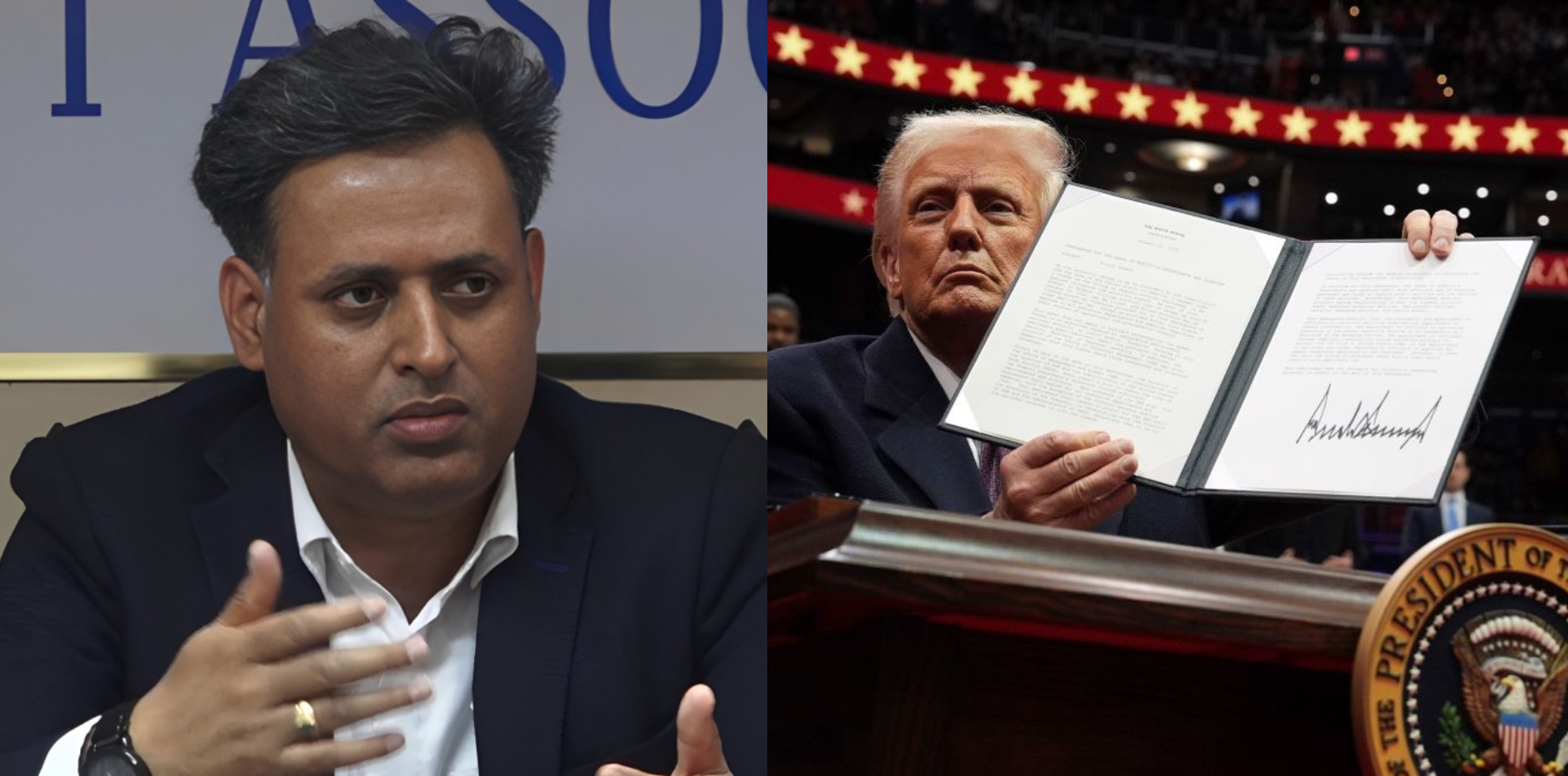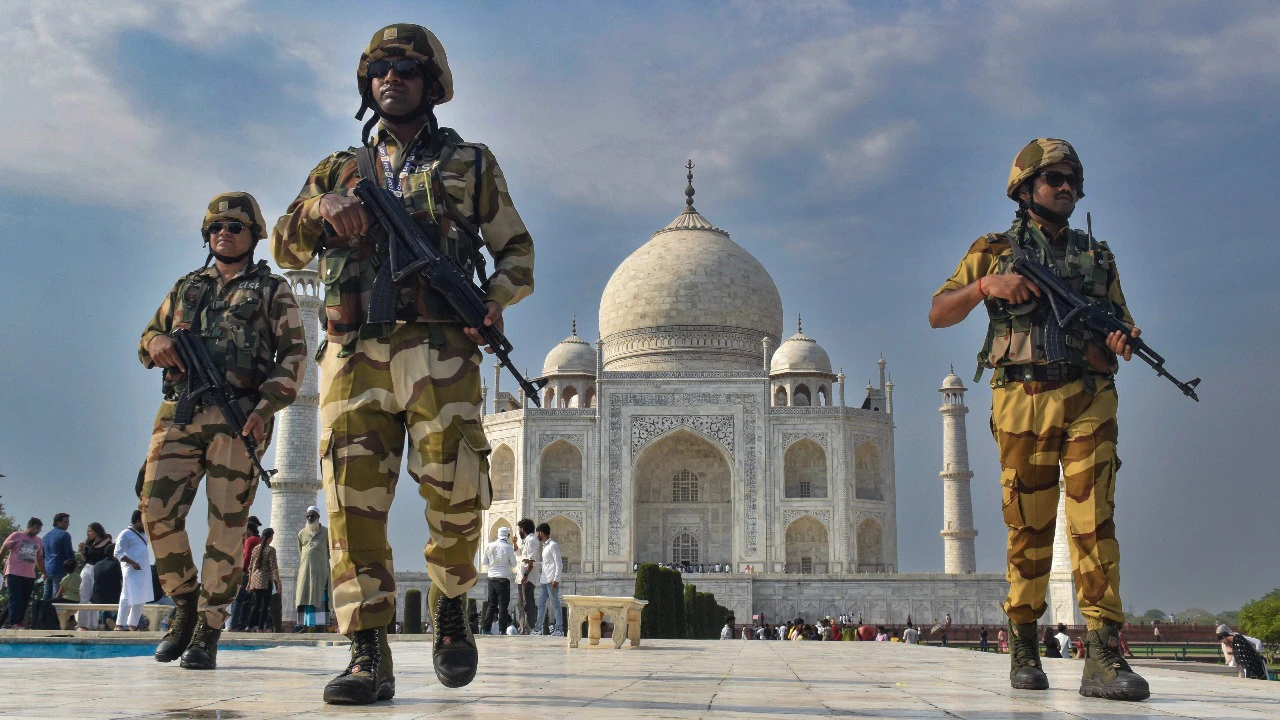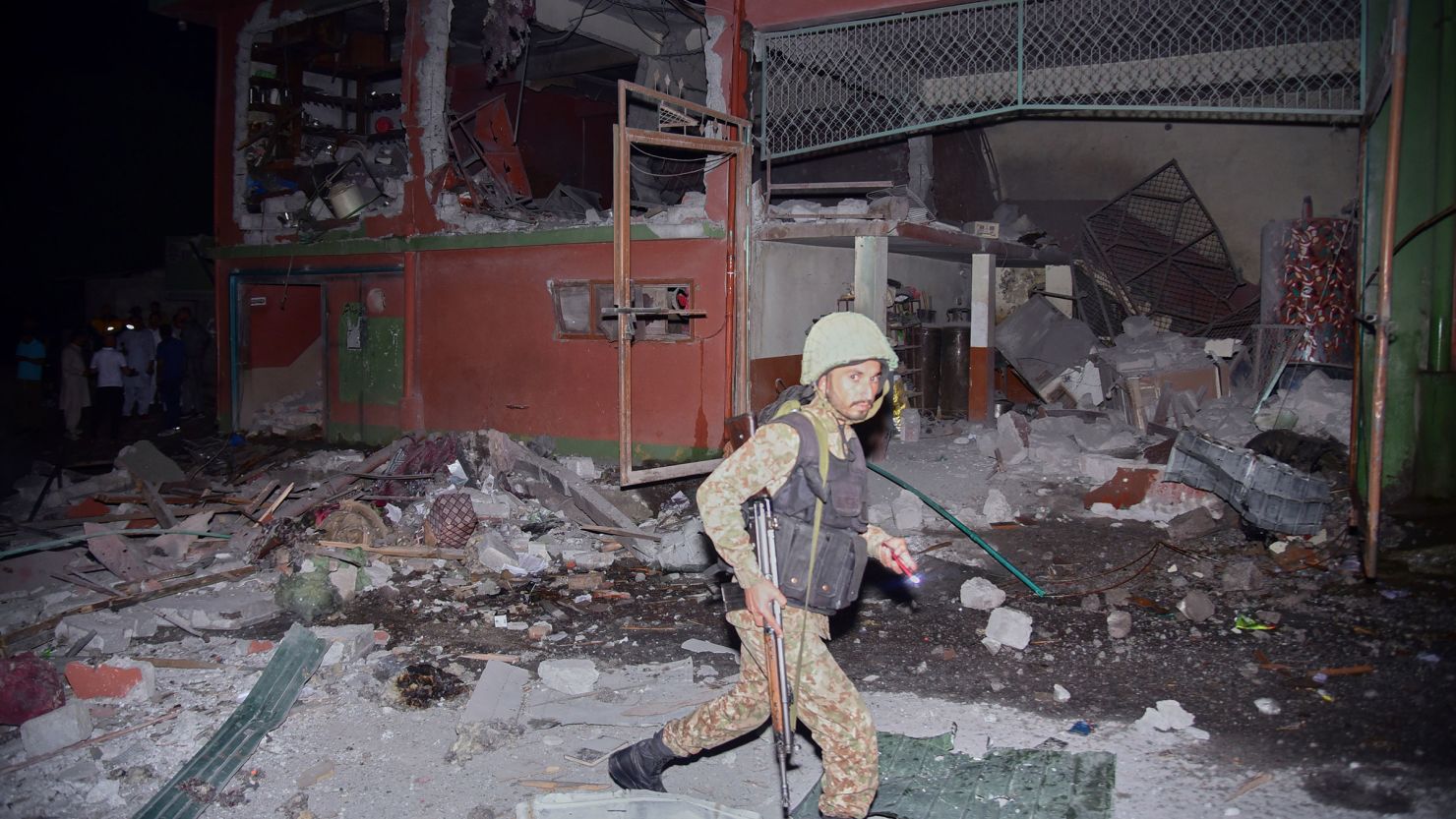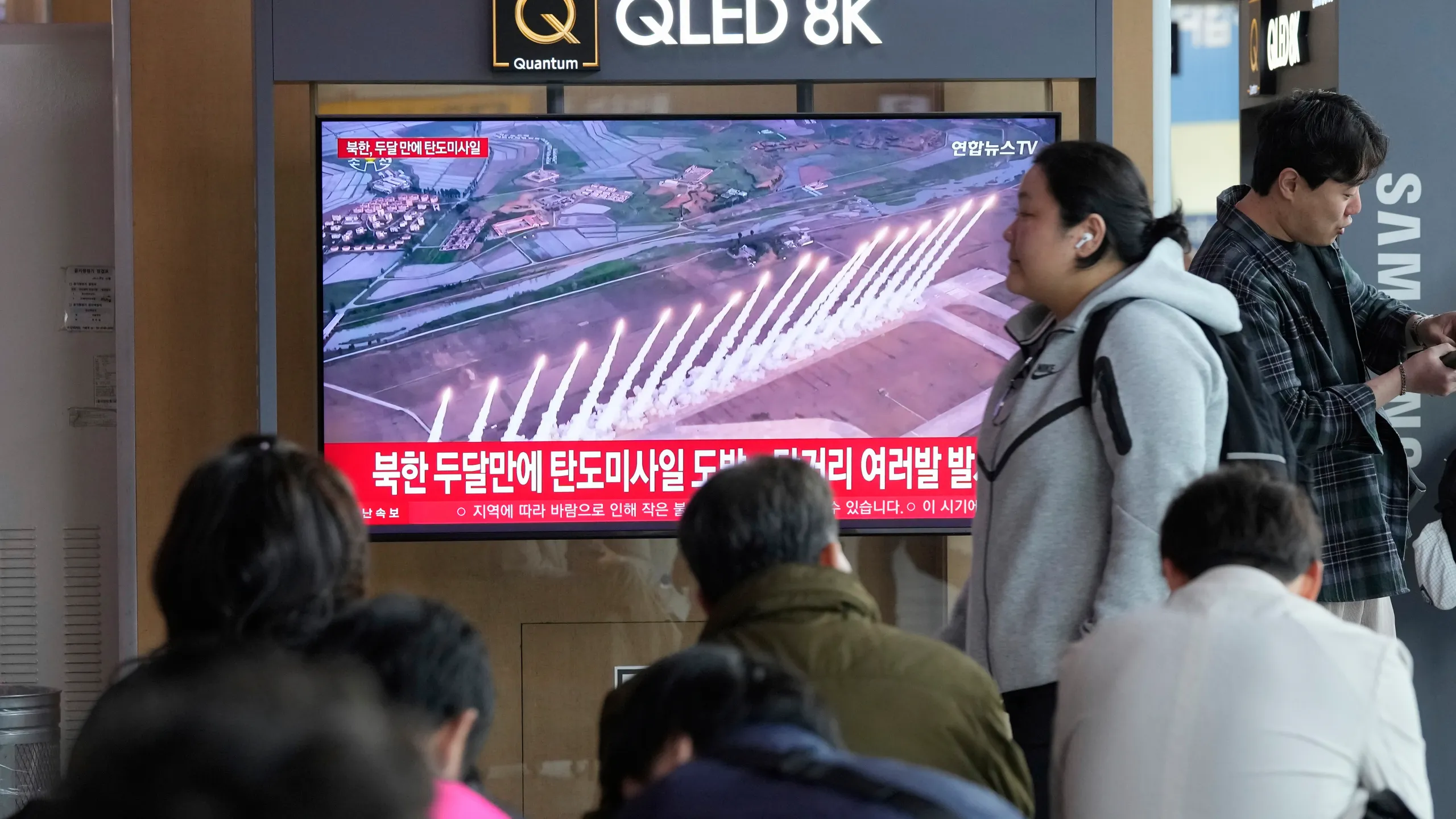Under the new reciprocal tariff policy announced by the U.S. president, Nepal’s exports to the United States are expected to face a 10% increase in customs duties.
This will make Nepali goods more expensive to export to the U.S. compared to previous rates.
However, the reciprocal tariff strategy targets countries imposing higher tariffs on U.S. goods, suggesting that Nepali products may become more competitive due to lower tariffs in comparison to other nations.
Notably, Nepal exports goods like garments, footwear, t-shirts, shirts, jackets, and pashmina to the U.S. These items might see an uptick in exports due to the lower tariff burden, especially when compared to other countries facing steeper duties.
The Nepali garment industry, for example, has been expanding steadily in recent years. In fiscal year 2020/21, Nepal exported more than NPR 17.31 billion worth of goods to the U.S., while imports from the U.S. amounted to NPR 19.48 billion.
In the first six months of the current fiscal year, Nepal’s exports to the U.S. reached NPR 8.63 billion, while imports stood at NPR 12.23 billion. According to statistics from 2020, Nepal exported more than $300 million worth of garments annually to the U.S.
Given the new reciprocal tariff policy, Nepal may gain a competitive advantage in the U.S. market. This policy allows Nepal to export affordable, high-quality products to the U.S., leading to an increased trade volume and economic growth.
Trump’s View on Tariffs
President Trump has consistently criticized other countries for imposing higher tariffs on U.S. goods than the U.S. imposes on them.
In his social media posts, Trump highlighted that Nepal has an average tariff of 10% on U.S. goods, suggesting that the U.S. is applying similar tariffs on Nepali goods.
On the other hand, countries like Bangladesh, India, China, and Sri Lanka have imposed much higher tariffs on U.S. products, with rates reaching 26% in India, 37% in Bangladesh, and 44% in Sri Lanka. China, however, has already been subjected to a 20% tariff, and no new changes are expected.
Positive Outlook for Nepal’s Export Industry
Pashupati Dev Pandey, the president of the Nepal Ready-Made Garment Entrepreneurs Association, views the U.S. tariff adjustment as a positive development for Nepal.
He points out that while the new 10% tariff will raise the cost of exports slightly, it is significantly lower than the tariffs imposed on other countries. Pandey also sees this as an opportunity to increase exports, particularly in the garment sector.
With the U.S. imposing a minimal tariff compared to other nations, Nepal could see a surge in demand for Nepali goods. Pandey noted that foreign buyers, including from Sri Lanka, Bangladesh, the Maldives, and other countries, have started showing interest in Nepalese products due to the comparative advantage of lower tariffs.
Opportunities for Growth and Investment
Pandey believes that the new tariff structure could spur investment in Nepal’s garment industry. He anticipates that the increased demand will necessitate higher production, leading to job creation and economic benefits for the country.
He also emphasized the importance of government support in creating an environment conducive to the growth of the garment industry, particularly by ensuring the availability of raw materials and enhancing the ease of doing business.
Pandey suggested that the government could provide tax exemptions and streamline policies to attract foreign investment. He also emphasized the need for improvements in infrastructure, including the Special Economic Zones (SEZs), to facilitate growth in export-oriented industries.
He believes that if the government fosters an investment-friendly environment, Nepal’s export sector, especially the garment industry, can thrive significantly.
Looking Ahead
As the tariff policy evolves, there is a growing sense of optimism among Nepalese exporters. The garment industry, which accounted for a substantial portion of Nepal’s exports to the U.S. in recent years, is poised to benefit.
Moreover, products such as handicrafts, pet food, pashmina, and other items are expected to see increased demand.
Pandey also highlighted the potential for further diversification of Nepal’s exports, noting that sectors such as handicrafts and pashmina could receive a significant boost in exports.
The government’s role in eliminating policy barriers and offering incentives for investors could make Nepal’s export industry more competitive.
In conclusion, while the U.S. administration’s tariff changes have initially raised concerns, Nepal is positioned to take advantage of these new opportunities.
If leveraged effectively, these changes could lead to a significant increase in exports, job creation, and economic growth in Nepal.











